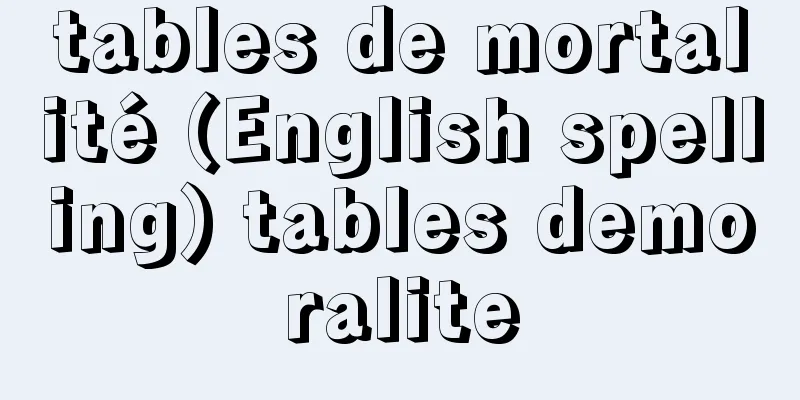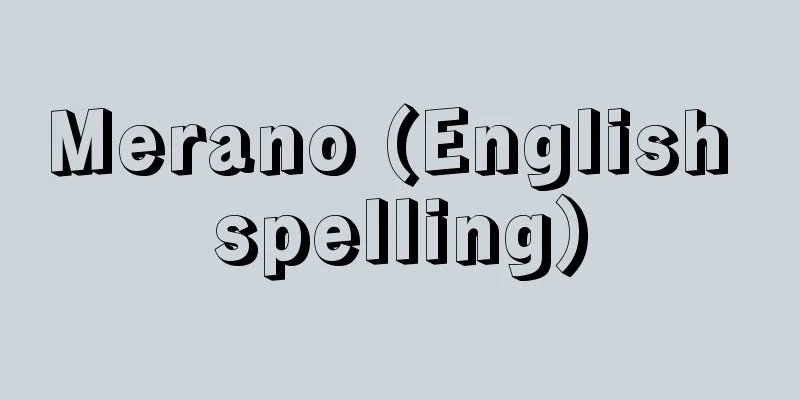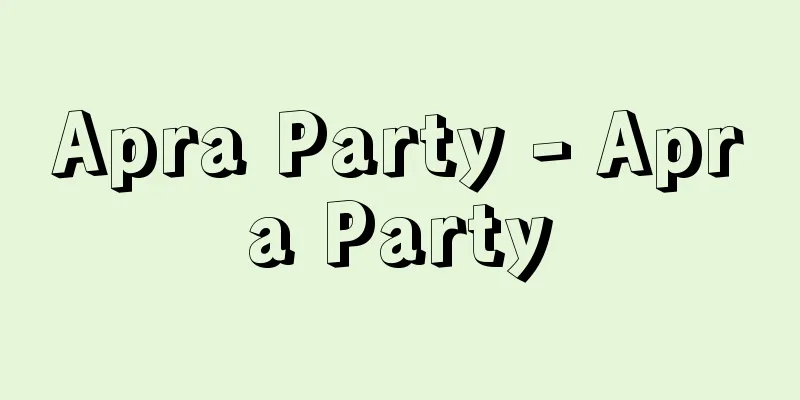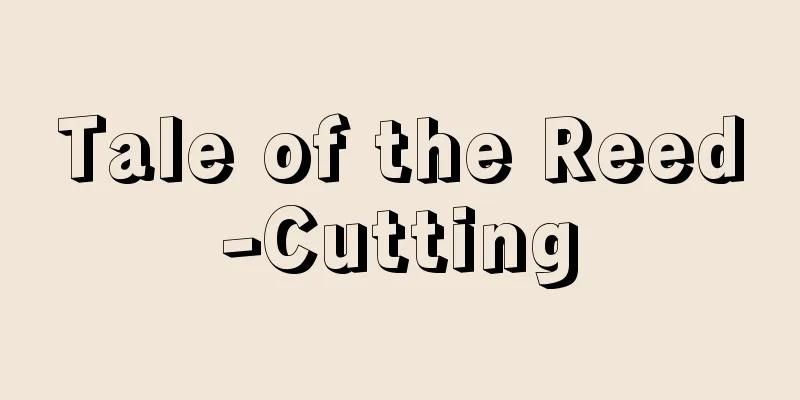Appia, A. - Appia

|
…He tried to reject realistic stages that exuded a sense of everyday life, and asserted the absolute sovereignty of the director over the playwright, set designers, and actors, demanding that the actors be living dolls. The Swiss set designer Adolphe Appia also advocated directing that utilized the actors through lighting and sculptural devices. In the 20th century, the German M. Reinhardt showed brilliant and grandiose directing skills with his rich imagination and compositional skills, but he was also an excellent actor instructor. … From [Avant-Garde Theatre]...Therefore, in principle, it is timeless, but usually the various innovative theatrical movements that emerged from the late 19th century to the 20th century and beyond, which were a reaction against established theater, are referred to as "avant-garde" because of the common avant-garde spirit that can be recognized in them, despite differences in their individual ideological backgrounds and specific theatrical forms. Because avant-garde theater is such an ambiguous concept, there are differences of opinion as to who and what kind of theater should be considered avant-garde. However, some examples of avant-garde theater that many people would agree on include the major innovations in stage space by the Swiss-born set designer Adolphe Appia (1862-1928) and the British director EHG Craig, the creation of festive theatrical spaces through grand, spectacular direction by the Vienna-born director M. Reinhardt, as well as various theatrical innovations such as VE Meyerhold's practice of original physical training called biomechanica in post-revolutionary Russia and VV Mayakovsky's performances of the revolutionary mystery play Mystery-Bouffe, the so-called German Expressionist theater of A. Stram, G. Kaiser, and R. Goering, which makes extensive use of screaming and extremely condensed dialogue, and Futurist theater based on the ideas of the Italian F. Marinetti, are some of the examples. In addition, narrative theatre (and later dialectical theatre) by German composer B. Brecht, which uses the technique of alienation to challenge the audience to discover and solve problems, has also resonated with many people as an expression of the avant-garde spirit of the time and beyond. From [Stage Lighting]...So it was only a part of the job of an electrician. Around 1920, Adolphe Appia of Switzerland, who was a stage designer and director, and Gordon Craig of England, the former for opera and the latter for theater, advocated the emphasis on lighting and three-dimensional, symbolic stage sets using light and shadow. The lighting technology of the time was not enough to realize their proposals, and they ended up being a theoretical failure, but after World War II, Wieland Wagner (1917-66), the general director of the reopened Bayreuth Festival Theater, proposed the use of lighting in the theater. *Some of the terminology that mentions "Appia, A." is listed below. Source | Heibonsha World Encyclopedia 2nd Edition | Information |
|
…彼は,日常的な生活感がにじみでる写実的な舞台を拒否しようとし,劇作家,舞台装置家,俳優の上に演出家の絶対主権を主張し,俳優に生ける人形であることを要求した。また,スイスの舞台装置家アッピアAdolphe Appiaは,照明と彫塑的な装置による俳優活用の演出を主張した。 20世紀に入るとドイツのM.ラインハルトは豊かな想像力と構成力によって絢爛,雄大な演出力を示したが,すぐれた俳優指導者でもあった。… 【前衛劇】より…したがってそれは,原則的には時代を問わぬものであるが,普通は19世紀末から20世紀以降にあらわれた,既成の演劇に対するさまざまの革新的演劇運動を,個々の思想的背景や具体的な演劇形式の差異を含みつつも,そこに認められる前衛精神の共通性において,一つの同様のものとして〈前衛〉と呼ぶことが行われている。 前衛劇とはこのようにあいまいな概念であるから,具体的に誰のどのような演劇を〈前衛的〉として評価するかについても,見解の相違の存するところとなるが,たとえばスイス生れの舞台美術家アッピアAdolphe Appia(1862‐1928)やイギリスの演出家E.H.G.クレーグによる舞台空間の一大革新,ウィーン生れの演出家M.ラインハルトの壮大なスペクタクル的演出による祝祭的演劇空間の創造,また,革命後のロシアにおけるV.E.メイエルホリドの独創的肉体訓練〈ビオメハニカ〉の実践やV.V.マヤコーフスキーの革命神秘劇《ミステリヤ・ブッフ》の上演などに見られるさまざまの演劇上の革新,絶叫や極端に圧縮されたせりふを多用するA.シュトラムをはじめG.カイザー,R.ゲーリングなどのいわゆるドイツ表現主義演劇,イタリアのF.マリネッティの主唱に基づく未来派の演劇などは,多くの人々が共通にあげる前衛的演劇のいくつかの例であろう。また,ドイツのB.ブレヒトの異化の手法を用いての問題発見とその解決を観客に迫る叙事演劇(のちには弁証法の演劇)も,その時代の,そして時代を超えた〈前衛精神〉の発露として多くの人々の共鳴するところとなっている。… 【舞台照明】より…したがってそれは電気技師の仕事の一部にすぎなかった。1920年ころ,舞台美術家であるとともに演出家でもあったスイスのアッピアAdolphe Appiaとイギリスのゴードン・クレーグの2人が,前者はオペラ,後者は演劇の分野で,照明の重視と光と影による立体的,象徴的な舞台装置を提唱した。当時の照明技術では両者の提案を実現することができず理論倒れに終わったが,第2次大戦後,再開したバイロイト祝祭劇場の総監督ワーグナーWieland Wagner(1917‐66。… ※「アッピア,A.」について言及している用語解説の一部を掲載しています。 出典|株式会社平凡社世界大百科事典 第2版について | 情報 |
>>: Bravo Crichton - Bravo Crichton
Recommend
Ultimatum - saigotsucho (English spelling) ultimatum
In international negotiations, it refers to a dec...
Yamanote
〘Noun〙① The direction of the mountains. The direct...
Pituitary portal system
The vascular system that carries hormones from the...
Minami Shinano [Village] - Minami Shinano
A village in Shimoina County, southern Nagano Pref...
Clam Shop Alley - Clam Shop Alley
…The formation of town houses began at the end of...
Han
This dynasty (202 BC - 220 AD) unified and ruled ...
Timegrapher
…However, nowadays, universal counters using elec...
Scaliger, JC (English spelling) ScaligerJC
…Their era was, so to speak, the preparatory peri...
Iris japonica - Iris
...In the ninth chapter of the Tales of Ise, the ...
arachnoid granulation
…These cisterns are called subarachnoid cisterns,...
Imamiya Ebisu Shrine
Located in Ebisu Nishi, Naniwa Ward, Osaka City. ...
Omi Iseki family
A family of hereditary Noh mask makers from the ea...
Weak child - Kyojakuji
〘 noun 〙 A general term for children or students w...
Schulz, CM (English spelling) SchulzCM
…A beagle dog that appears in the newspaper comic...
Return of a person - Return of a person
Since the mid-Edo period, policies to encourage fa...







![Machida [city] - Machida](/upload/images/67cce649a7b84.webp)

